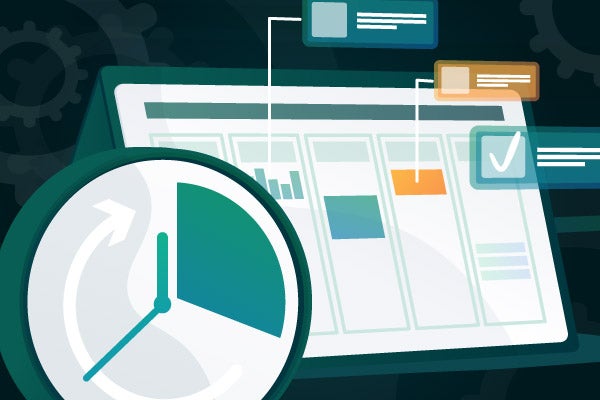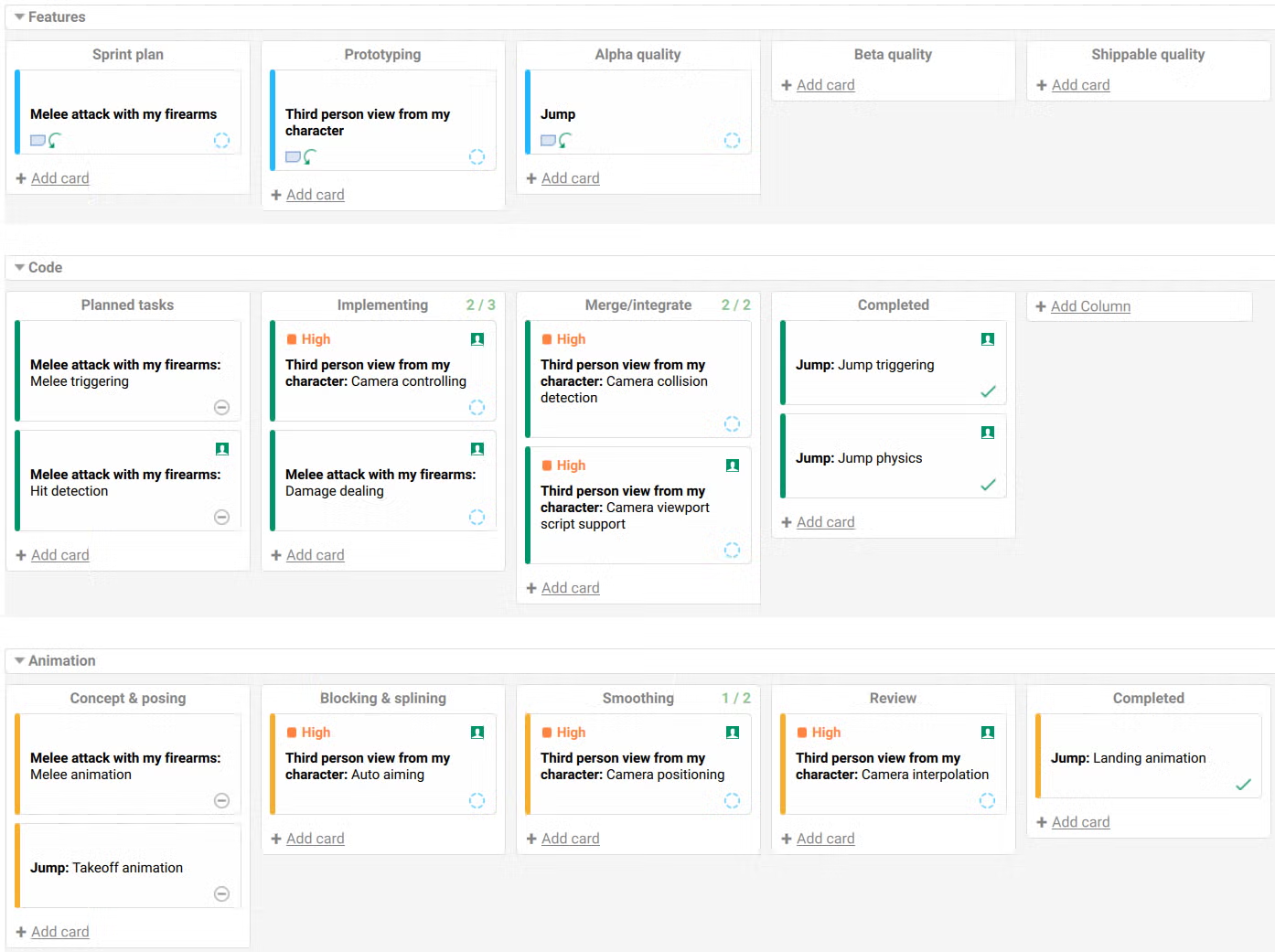
How to Use Agile Kanban Methodology
What is a Kanban Board?
Agile Kanban methodology visually represents work as it’s managed throughout a process. A Kanban board is either a physical or digital visual representation of both the workflow and the work as it goes through the process. It identifies potential bottlenecks and blockers.
Getting ahead of these possible issues allows work to flow at an optimal speed. Kanban can be used together with other methods. But it is most often used by teams where work can be best expressed as a continuous flow of incoming tasks, rather than broken up into projects or sprints.
Back to top
Print vs. Digital Kanban Board
Most organizations start by using post-its to create Kanban boards. They’re a low-cost, visually appealing, and collaborative way to organize your notes. However, digital Kanban boards draw more benefits, especially for large or global teams.
Benefits of Using Online Kanban Boards
Digital Kanban boards afford you numerous advantages. These include:
- Accessibility to cross-functional teams and people who work remotely.
- Better security, preventing others from seeing contents that would otherwise be on display.
- Assuredness that notes are not lost or out of order.
- Automatic warnings when policies are broken, for example a work-in-process limit.
- Improved productivity, allowing you to manage items at the speed of change.
- Minimized waste.
- A single source of truth with ability to combine info from different team boards.
- Heightened speed and accuracy with “cards” automatically moving to the next step.
- Ability to slice and dice what is being visualized to accommodate any scale of the work managed.

How to Implement an Online Kanban Board
If you’re a large and/or global company, scaling Kanban may be a particularly appealing concept. Fortunately, it’s easy to do without forcing teams to change the process that’s working for them already. And a digital Kanban board is the way to achieve this.
Digital Kanban boards allow you to see the big picture by zooming out to easily identify bottlenecks. To fully leverage the visual nature of the boards, be sure to:
- Use colors to organize — vary colors to differentiate components and stay organized.
- Keep it visual — when possible, include images to provide information a glance.
- Avoid spider webs — these are created when a task is dependent on more than one other team before and after it’s completed.
Back to top
Scale Kanban in Agile for Team Needs
Scaling Kanban is about visualizing work, delivering value (versus optimizing resources), and reducing waste by identifying sources for continuous improvement.
These principles can be applied at any scale. Different teams use Kanban boards in different ways:
Development — describe how they deliver new features.
Operations — show how issues are being resolved.
Combined DevOps — can utilize a combination of both, using different classes of service depending on the type of task that is next in queue.
Product — plan releases and break down a roadmap to deliverables.
Portfolio Managers — visualize what is going on across all of the product lines and to help align the organization towards a common goal.
Free Online Kanban Board and Demo
See how to utilize the three Kanban levels (team, product/project and portfolio) in Helix Plan (formerly Hansoft) — watch Scale Kanban Beyond the Team Level. Jump ahead to the 5:16 mark, or watch the entire demonstration to gain a deeper understanding of how an online Kanban board works.
Ready to See it in Action?
Helix Plan is an enterprise Agile planning tool that lets you work at the speed of change, and it’s free for up to five users.
Go beyond scaling Kanban — organize your backlog, combine development methodologies, and manage projects in one platform.
Back to top